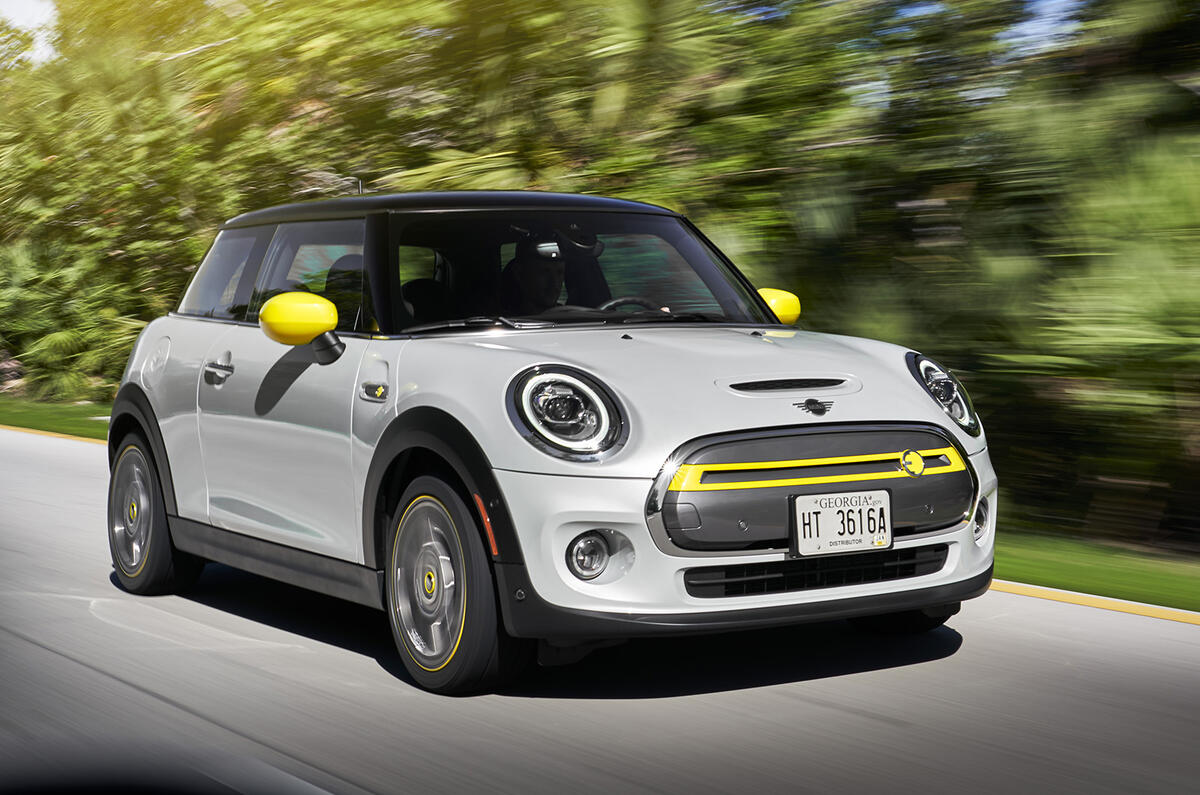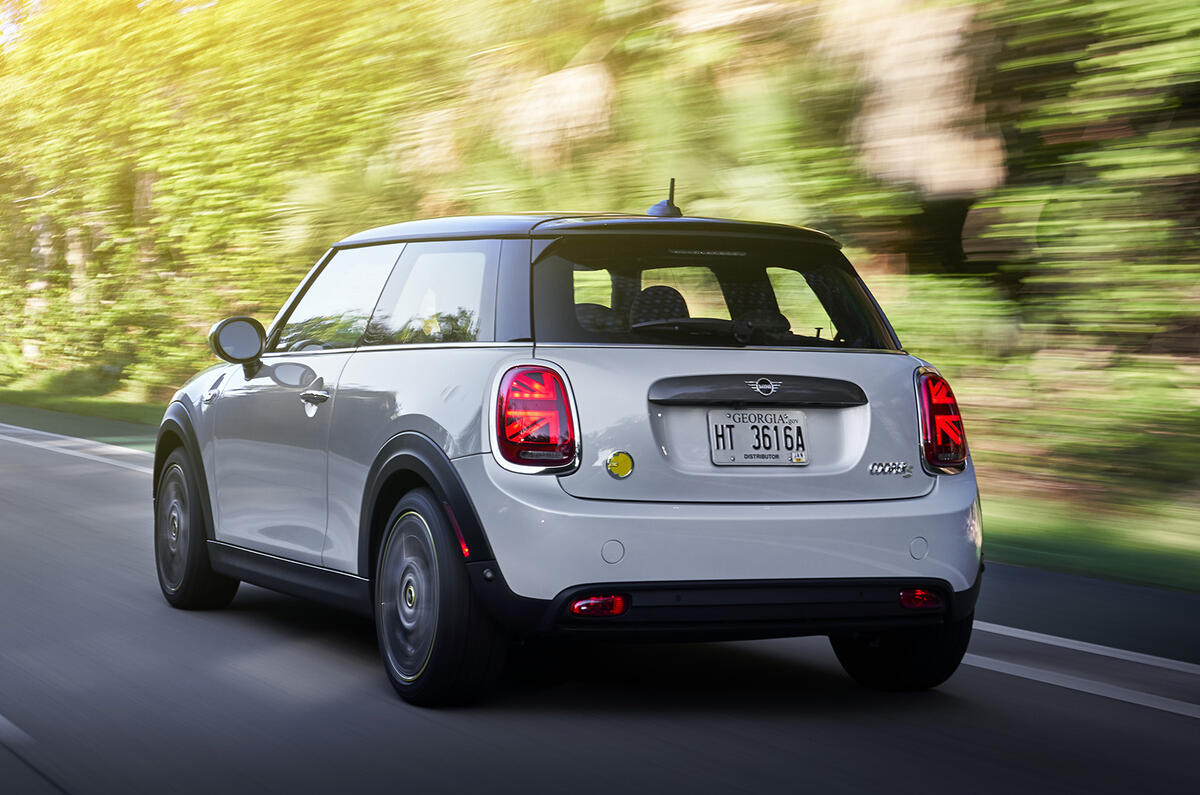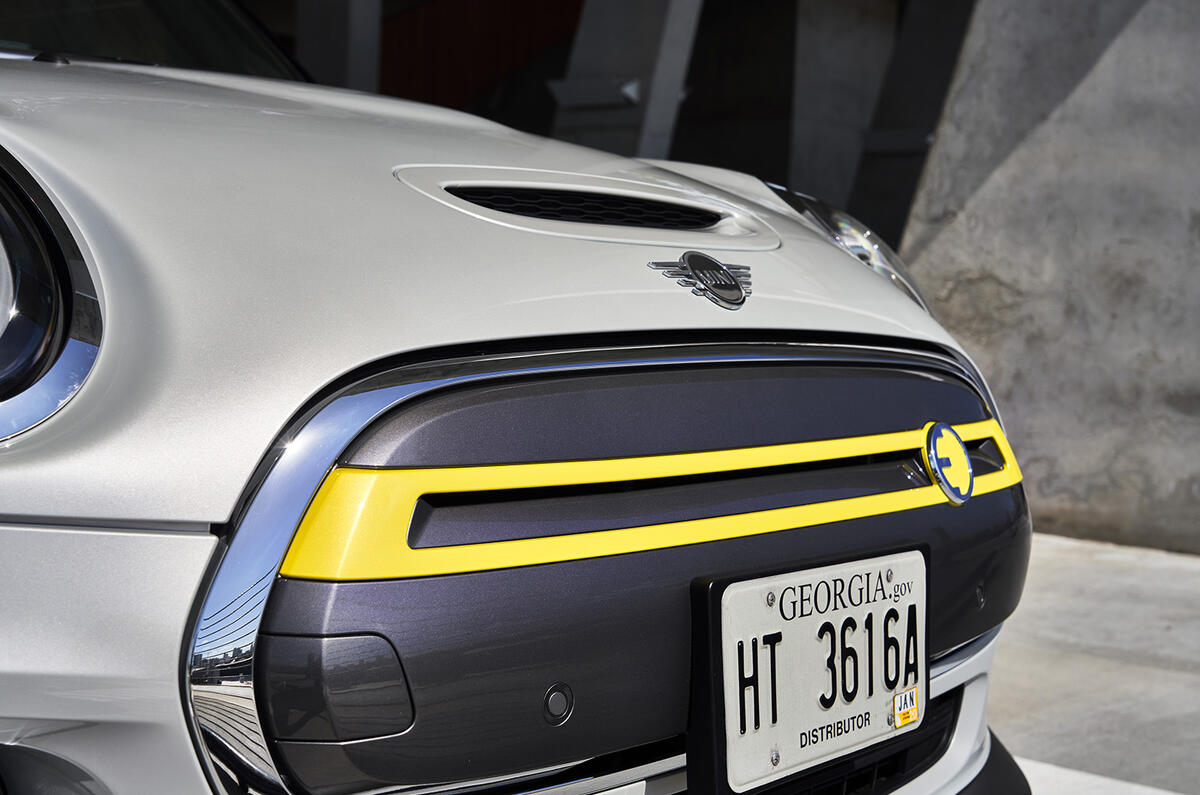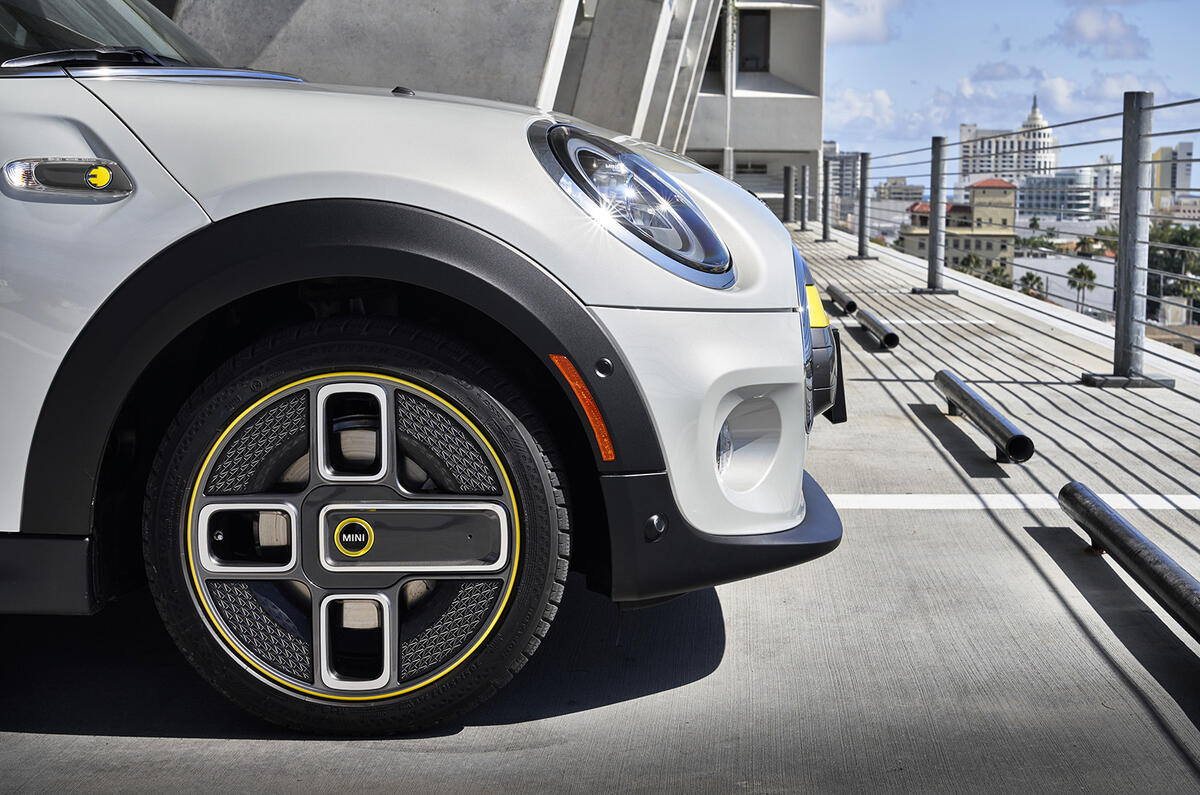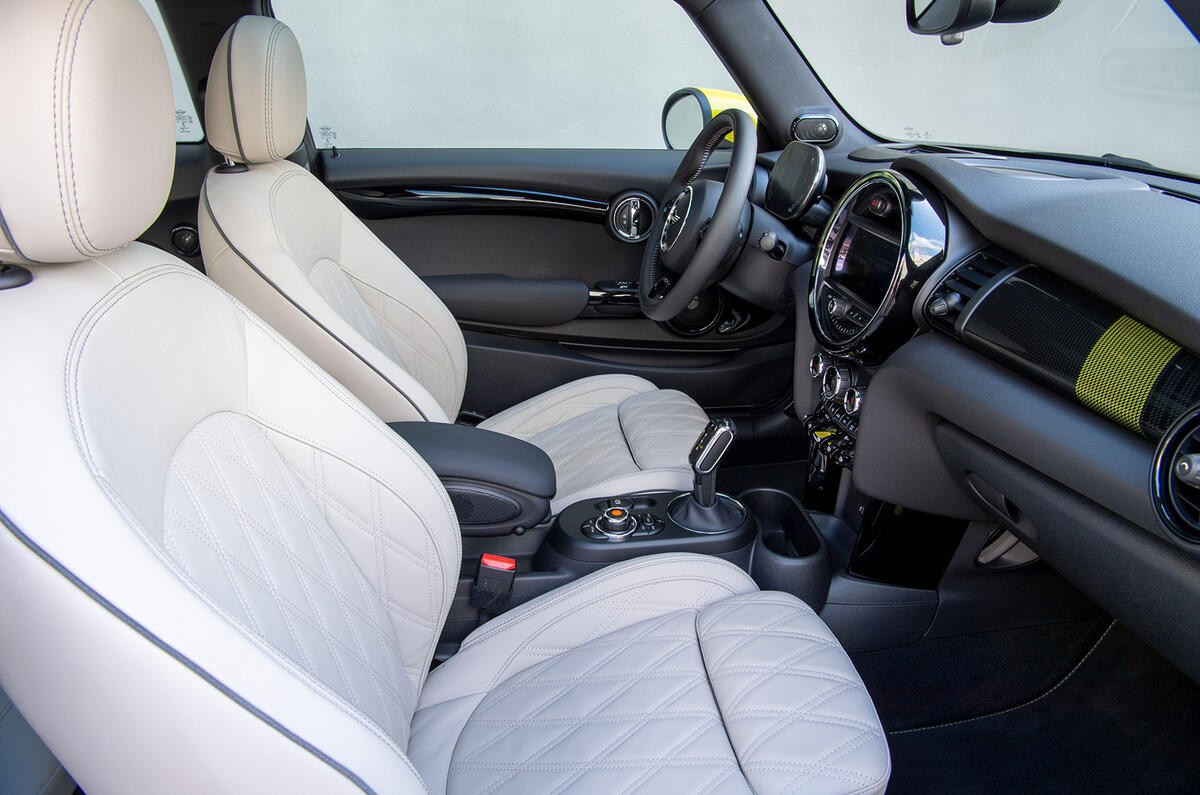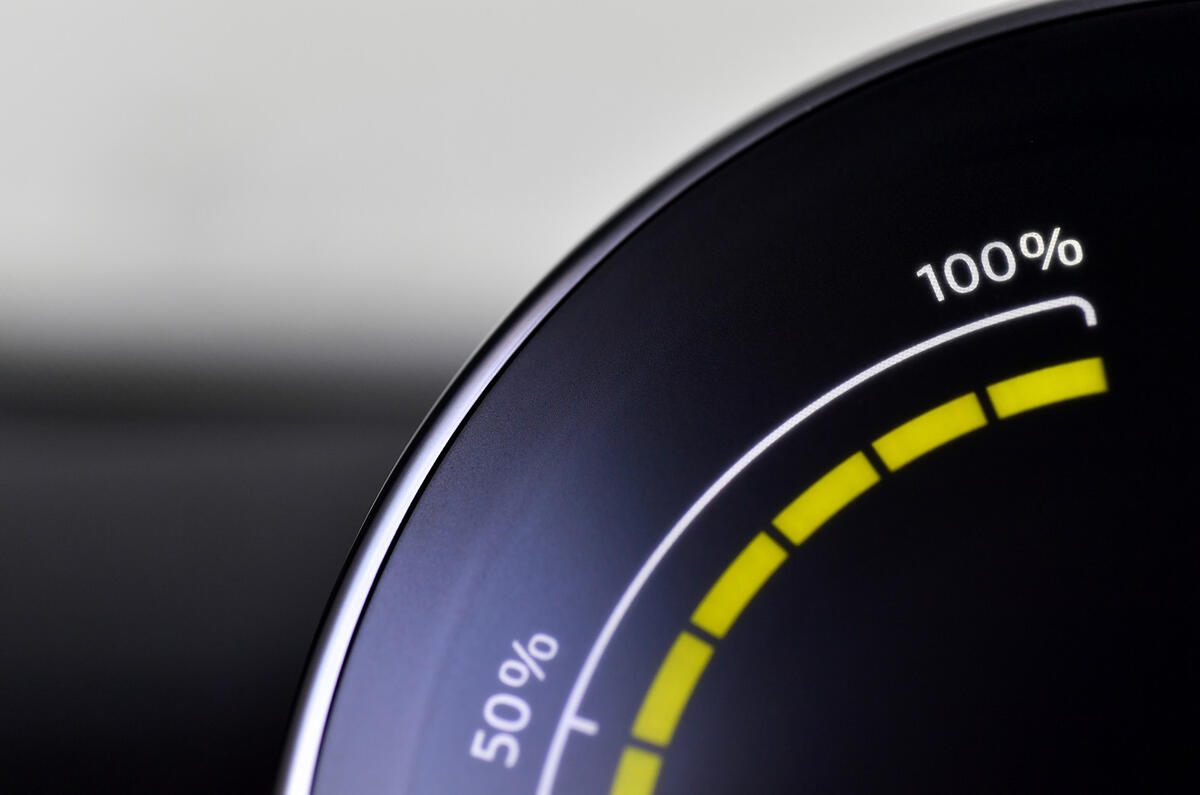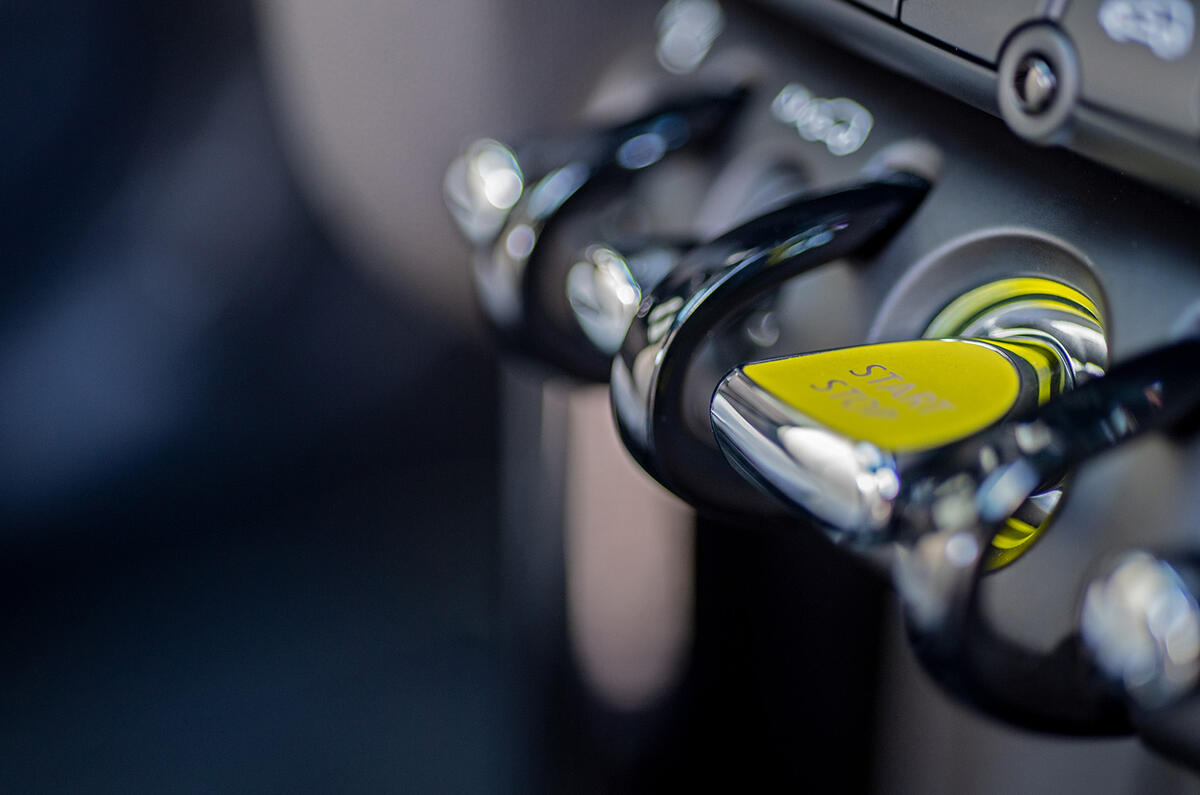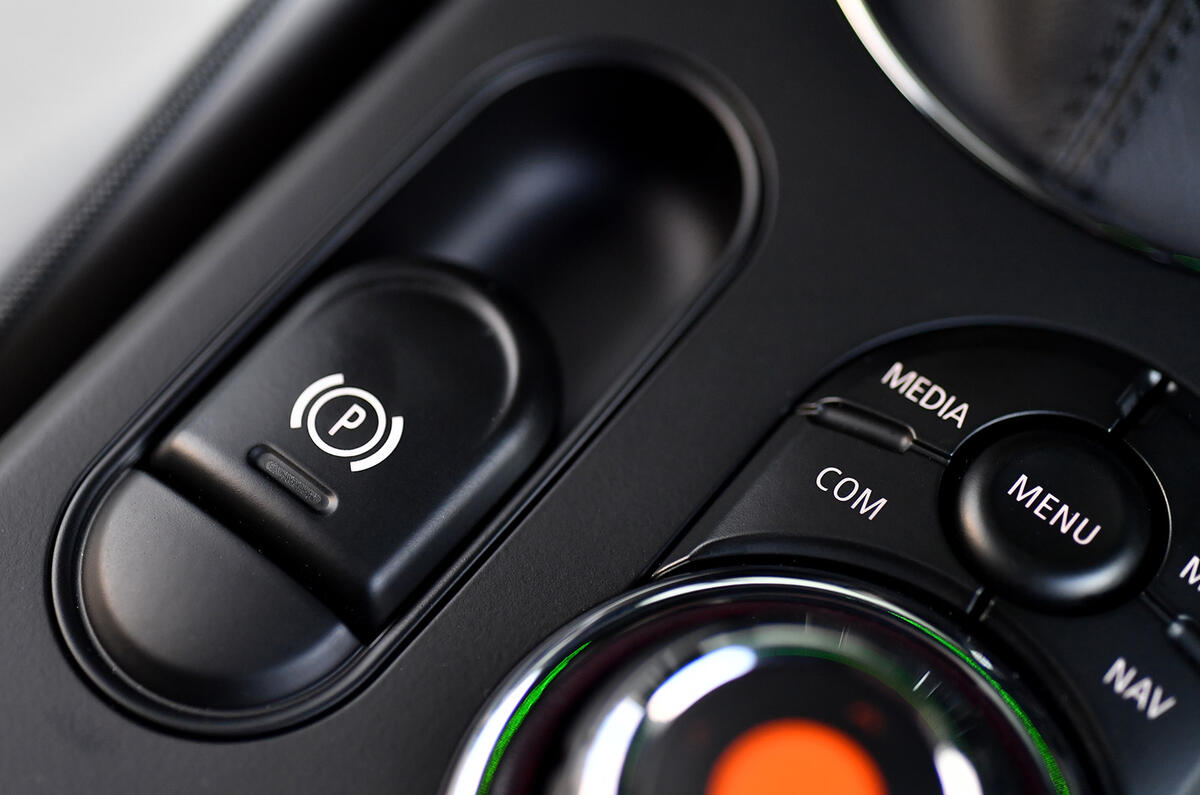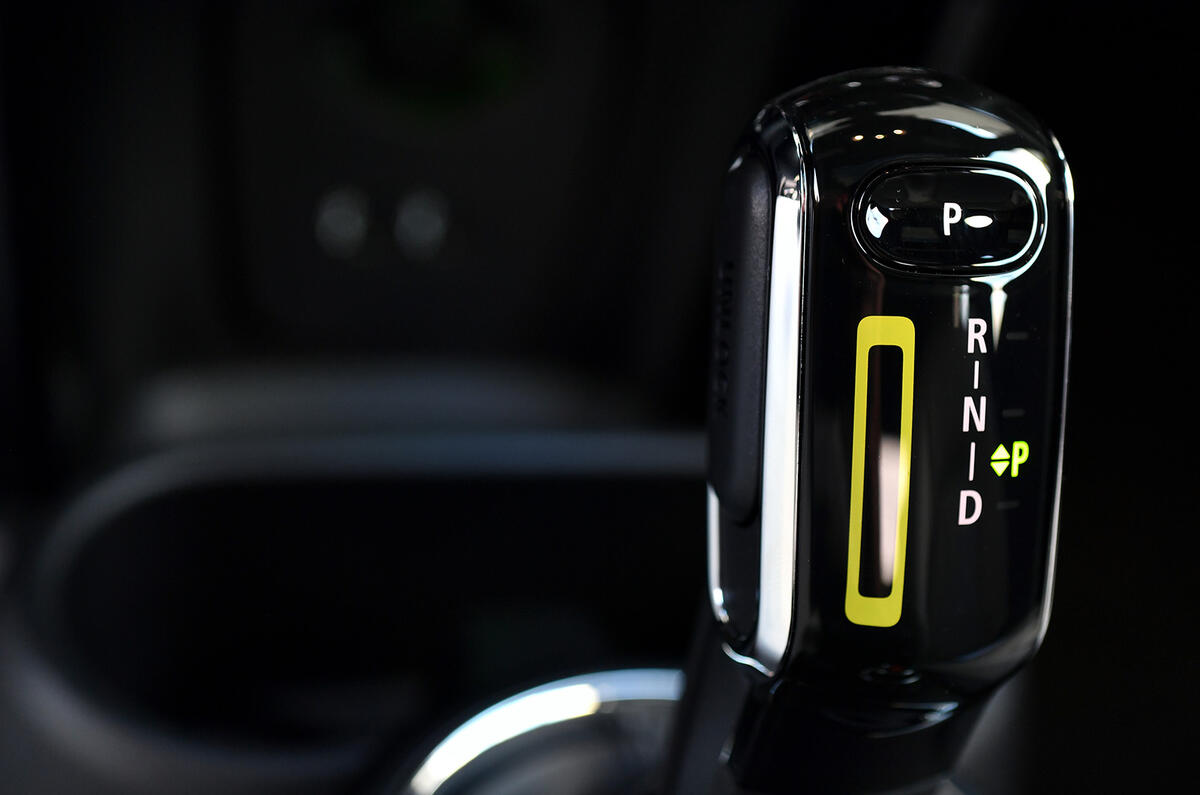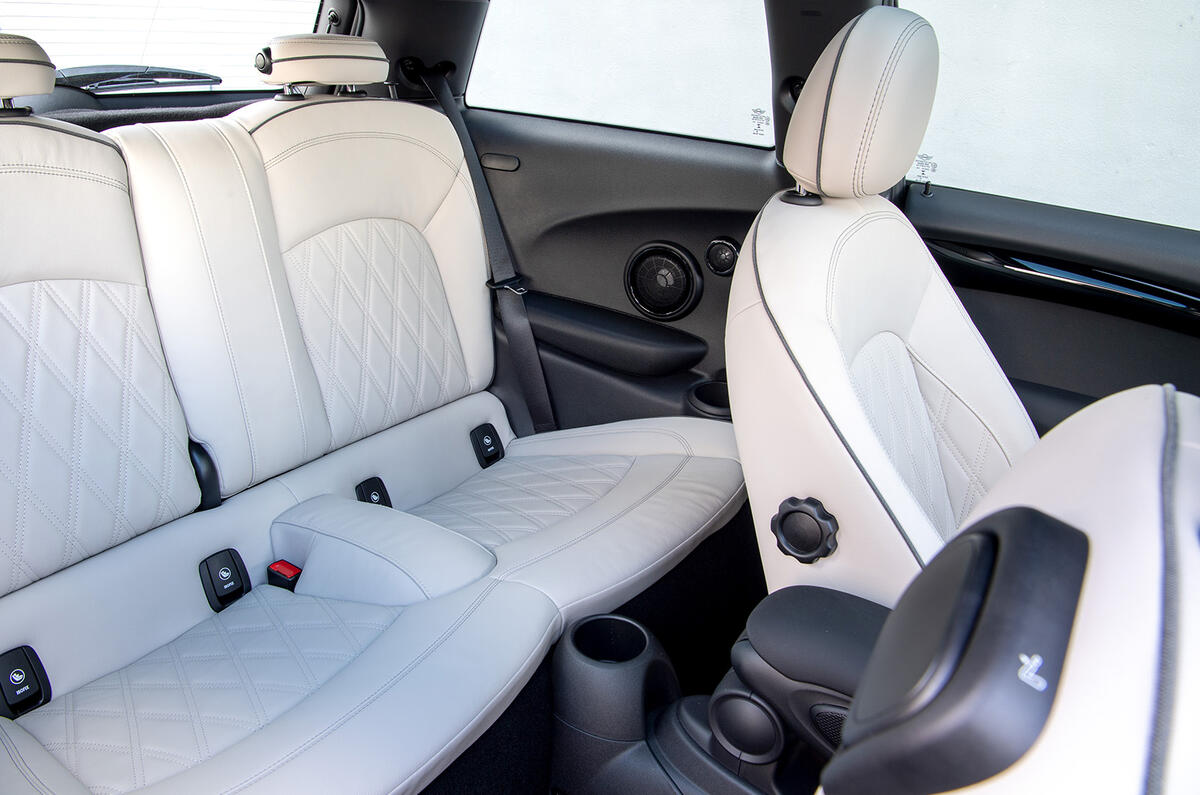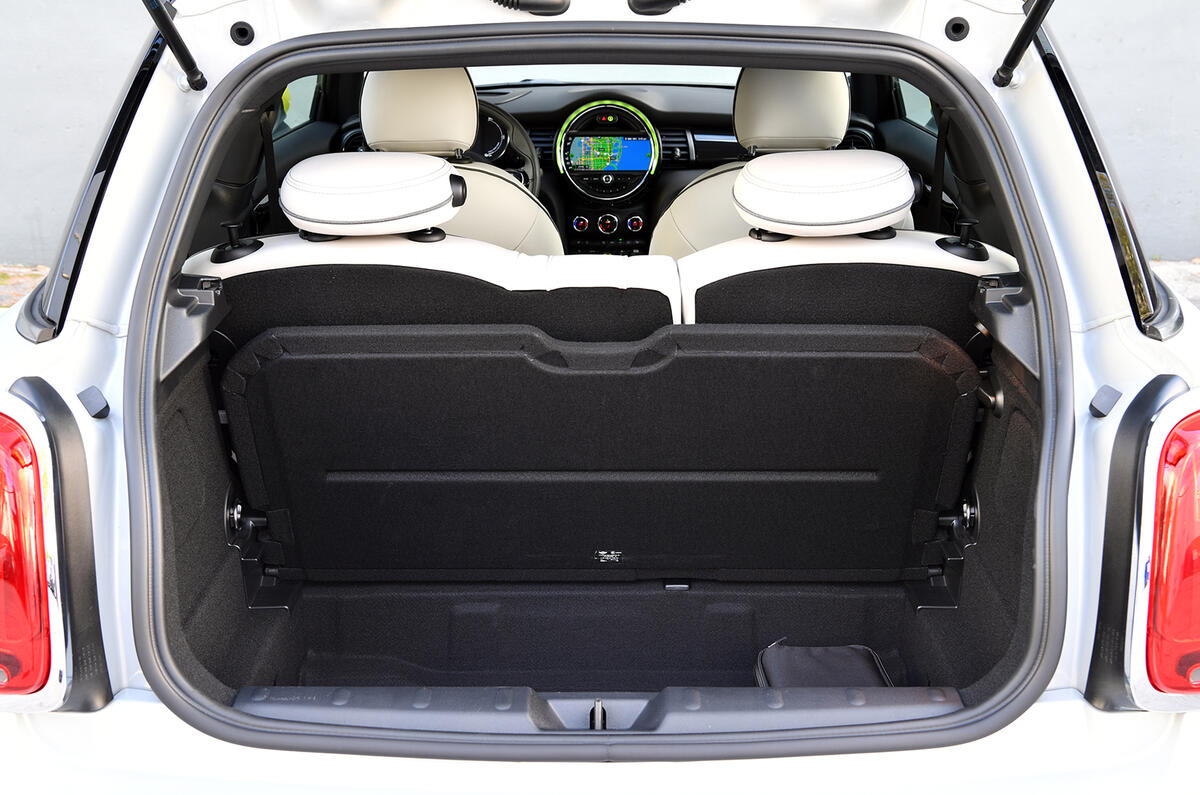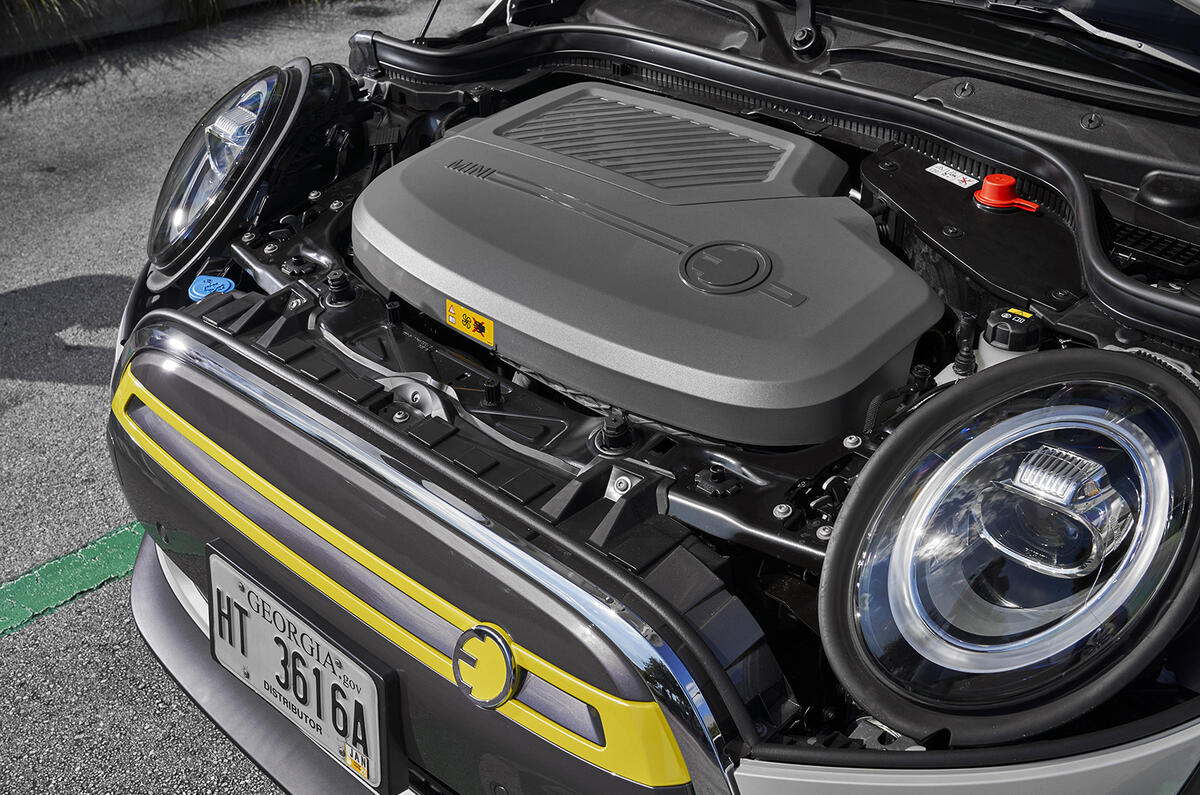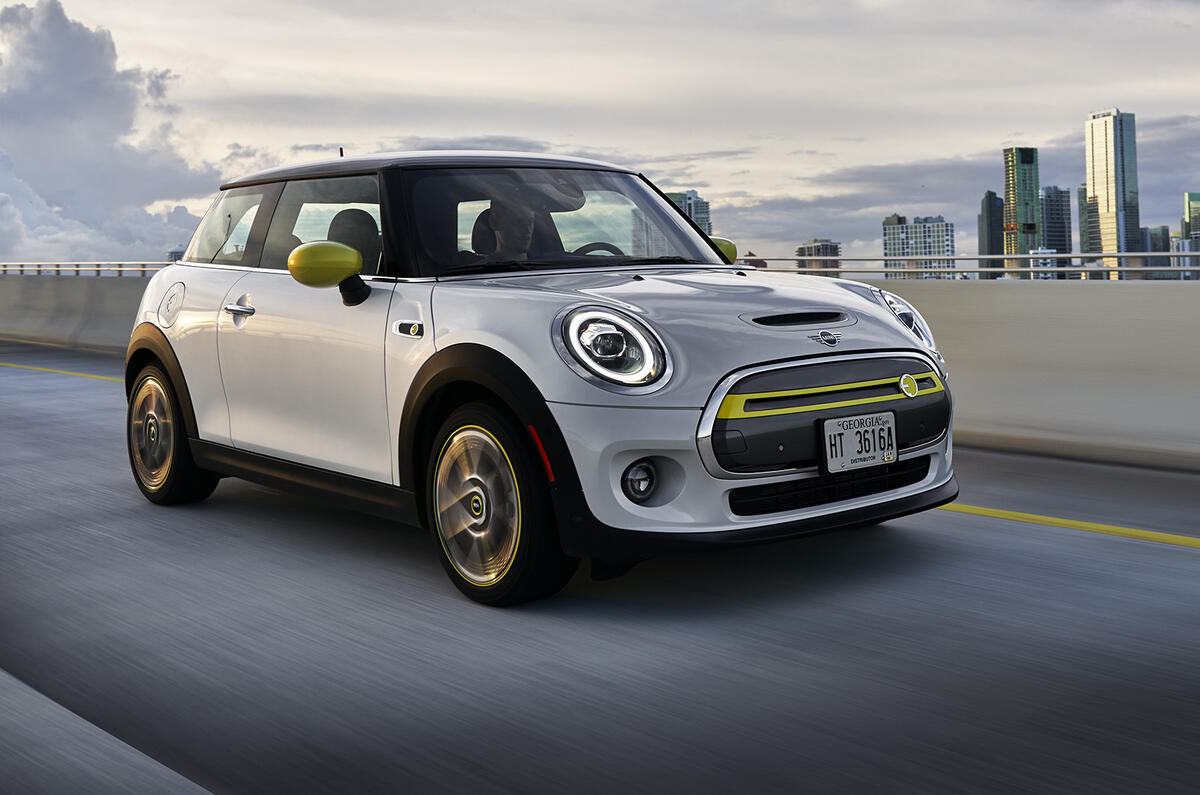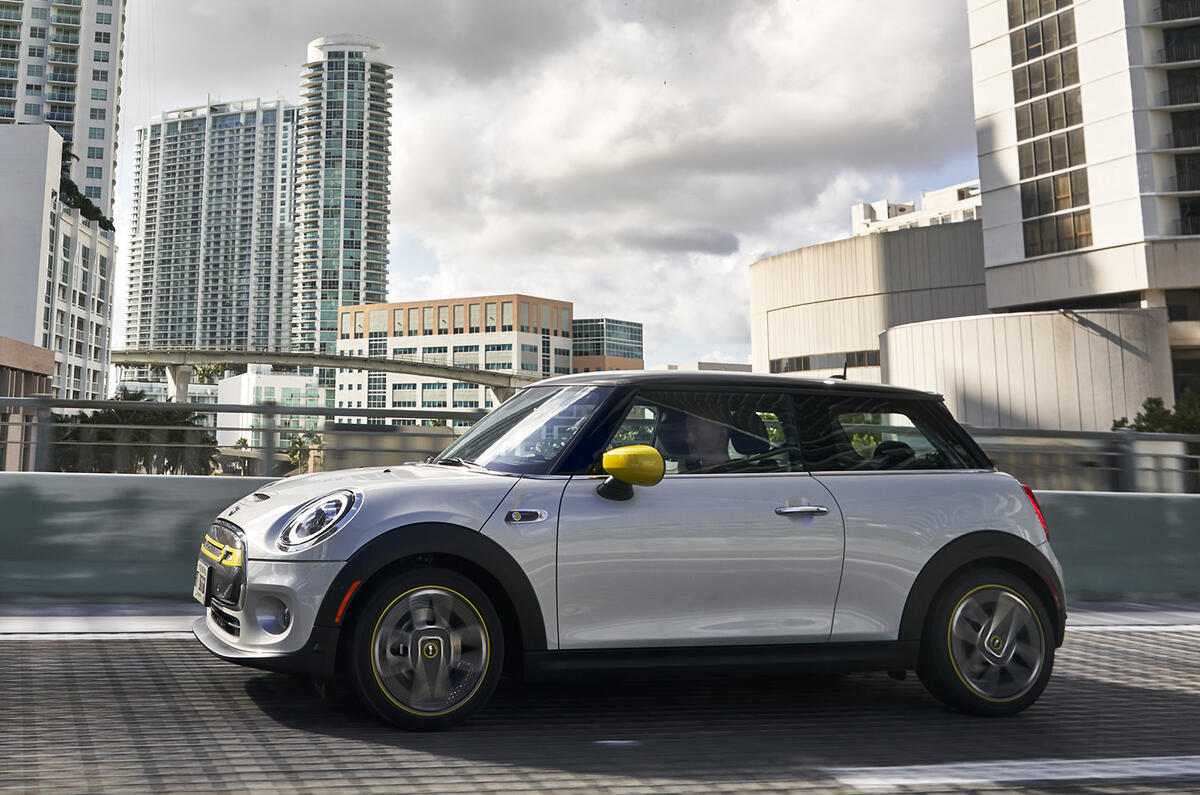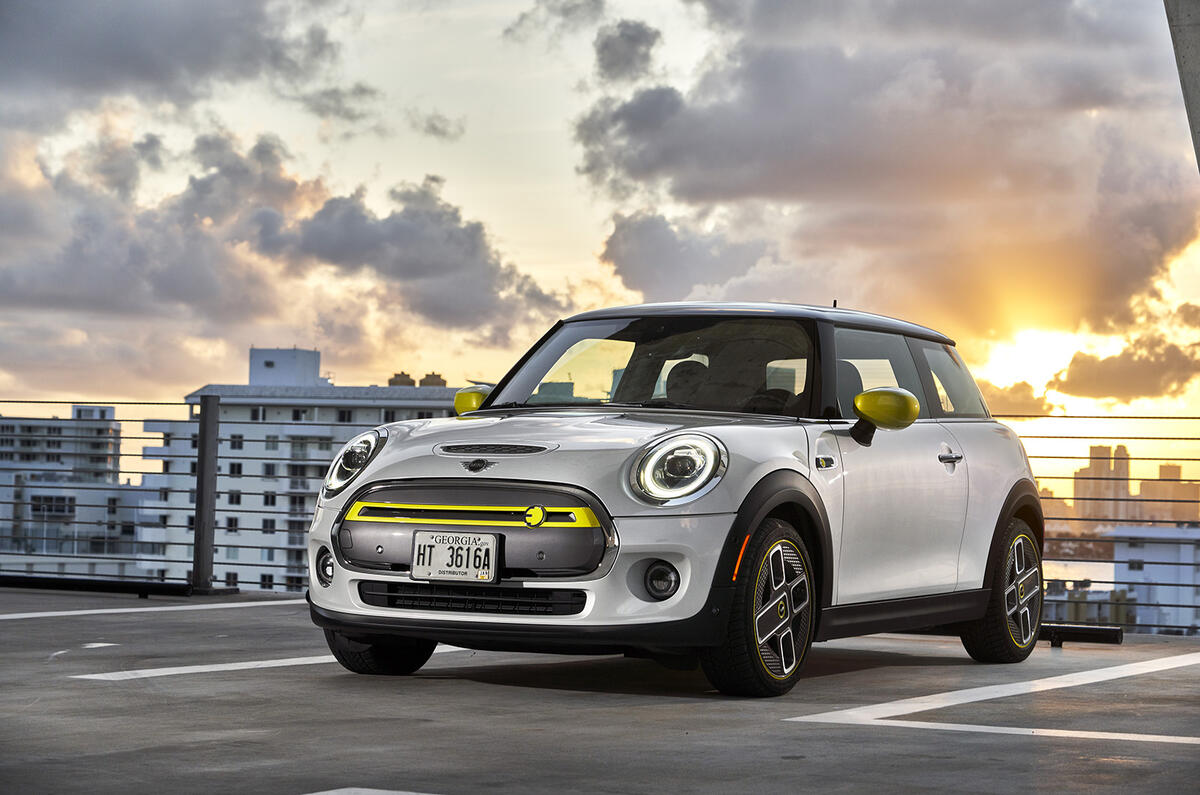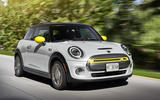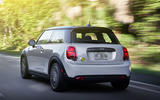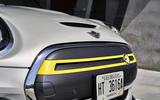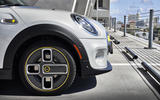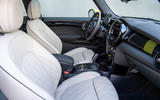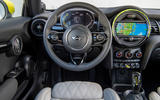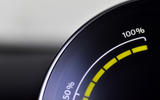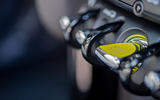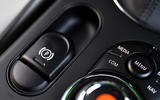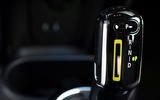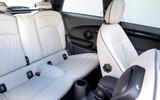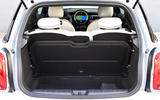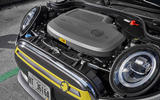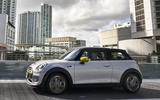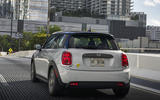Another weeknight, then; must be time to read about another brand-new electric supermini - and this time it's a British-built one, the Mini Electric. If somehow you haven't already concluded as much, or you've been living under a solar panel, 2020 is definitely looking like the year to finally replace that second family car with something more socially responsible.
That's because a glut of slightly pricey but virtuously sustainably powered, all-electric compact hatchbacks is about to emerge onto the UK market, as Volkswagen, Honda, Peugeot and Vauxhall all finally get around to becoming fully paid up members of the the zero-emissions club. Renault, Smart, Hyundai and Kia, meanwhile, have all busily refreshed and updated their runners and riders.
Most of these newbies are set to cost roughly the same amount of money, of course, and most will be positioned in much the same way. So will the sudden rush in supply be met with an equivalent and lasting appetite to adopt? Suffice it to say, the industry will be watching very closely indeed. But if any one car-maker in the incoming pack already has pedigree in making major commercial hay with a premium-priced small car, and might therefore be best-placed to simply carry on doing so, it’s probably the one we haven’t mentioned yet: Mini.
BMW’s most famous British export brand has proven time and again over the last two decades that it can find buyers for its cars for even more than the kind of cash that it’s about to ask for the new Mini Electric – and that’s without a public mood of social responsibility driving customers towards those cars in quite the same way that is about to benefit this new one. Rather than whether it will actually sell, then, the bigger question encircling the new Mini Electric might actually concern whether it is quite the usable modern EV you may be hoping or waiting for.


